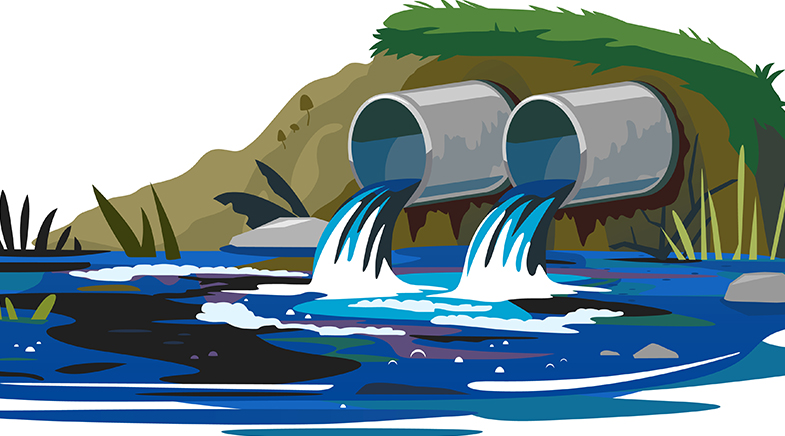Starry, starry night
-
- from Shaastra :: vol 03 issue 09 :: Oct 2024

Van Gogh's masterpiece The Starry Night is consistent with the mathematical theory of turbulence, a study finds.
In The Starry Night, Vincent van Gogh painted a dark blue sky filled with glittering stars, a crescent moon and clouds swirling over an imaginary village.
The swirling clouds in the painting closely match the mathematical formulation of turbulence proposed by Russian mathematician Andrey Kolmogorov, a study has revealed (bit.ly/starrynight-turbulence). For years, researchers have debated whether the flow in this masterpiece follows Kolmogorov's theory of turbulence. The debate caught the attention of Francois G. Schmitt, a physics researcher at the National Centre for Scientific Research (CNRS) in France and co-author of the study.
In April 2024, Schmitt visited his former student, Yongxiang Huang of Xiamen University in China. They planned to test the mathematical consistency of the turbulent flow of swirling clouds in the painting. Turbulence is the random and chaotic motion of fluid particles and is a ubiquitous phenomenon in nature. Kolmogorov's theory explains how energy moves through different sizes of swirling motions, or eddies, in turbulent fluids like air or water, where large eddies break down into smaller ones, creating a cascading effect.
Researchers analysed a digital copy of The Starry Night and converted it to grayscale. To focus solely on the sky's swirling motion, they masked out the elements in the painting that don't resemble flow, such as church, mountain and village. Upon analysis, the team discovered that the luminance in the swirling clouds follows a similar energy cascade. Just as particle velocity shifts from large to small whirls in turbulent flow, the energy radiating from the colours in the painting's turbulent sky changes across the different swirling patterns.
"It is an important piece of work at the confluence of art and science."
In work published in 2008, a different team of scientists had shown that brightness changes between pixels at different distances closely matched the velocity differences in turbulent flow, as predicted by Kolmogorov's theory (bit.ly/Turbulent-cloud). The recent work has established that the size, spacing and intensity of the swirls in The Starry Night follow the same physical laws that govern turbulent flows. The paper suggests that van Gogh may have closely observed real-life fluid movements.
"It is an important piece of work at the confluence of art and science," says Supratik Banerjee, an Associate Professor at the Indian Institute of Technology Kanpur, who studies turbulence. "By means of a careful and exhaustive statistical analysis of the entire picture, they convincingly show the vortex structures follow a Kolmogorov-like behaviour as one can expect from a real turbulent flow."
The researchers also analysed Chain Pier, Brighton, a painting by John Constable (1826-27), and the Jupiter Great Red Spot image captured by Voyager 1 (1979). In both, they found turbulence-like patterns that support Kolmogorov's theory.
Have a
story idea?
Tell us.
Do you have a recent research paper or an idea for a science/technology-themed article that you'd like to tell us about?
GET IN TOUCH














